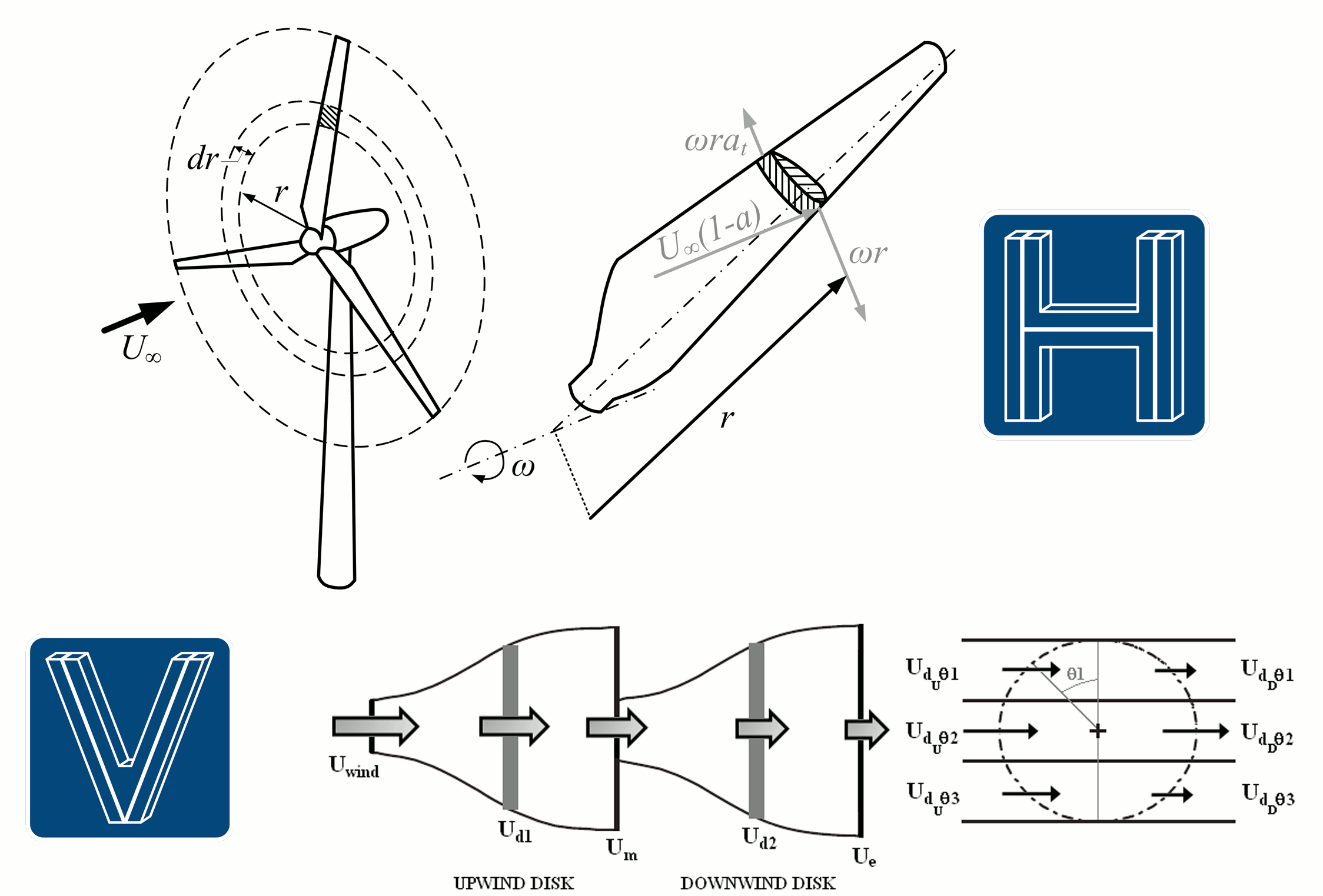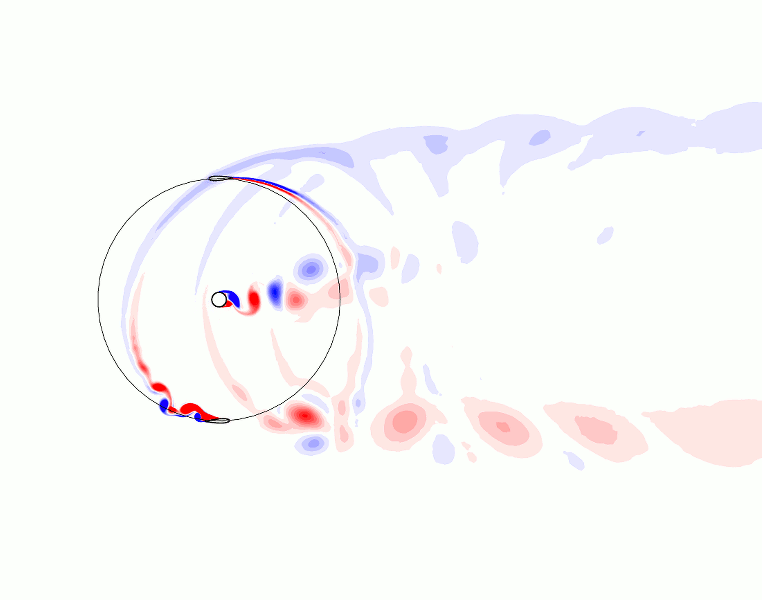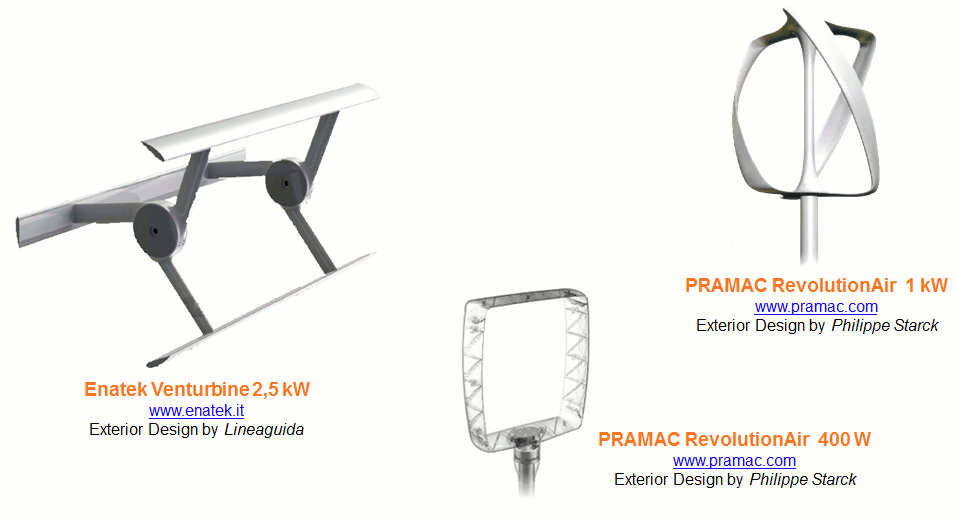Wind Energy
Wind energy research at the Department of Industrial Engineering of Florence (DIEF) is mainly carried out by the Wind Section of the ARES group.
The group - coordinated by Prof. Giovanni Ferrara - is presently made of 19 people. The Wind Section - scientifically led by Dr. Alessandro Bianchini - is made of 7 people including PhD students and research fellows.
The group is active in wind energy research since 2006, prompted by an international company, which asked support to apply the several-year experience in aerodynamic design to the development of an innovative small VAWT. From that time on, the research activities have been growing constantly, including both numerical and experimental research. The main activities are:
- Development of proprietary simulation codes for HAWTs and VAWTs the group has developed its own numerical codes for HAWTs (HARDAR) and VAWTs (VARDAR). Both codes are based on the most advanced version of BEM theory, also including innovative models for non-conventional effects like the influence of misaligned flows. In particular, the VARDAR code is presently up to the highest international standards in VAWT simulation

- Advanced high performance computing CFD analysesthanks to the dedicated calculation center (528 cores, 1.6 TB of RAM), the group has been using unsteady CFD extensively in the last years, obtaining some relevant results in the study of wind turbines wakes and in the analysis of complex flow phenomena past rotating blades, e.g. the flow curvature effects in Darrieus VAWTs

- Aerodynamic design of small wind turbines
- in past years, the group designed three small wind turbines for industrial partners, exploring advanced aerodynamic and design solutions.

- Airfoil designspecific competences are available in airfoil design, simulation and testing

- Special siting and urban environmentin the field of small wind turbines, focus has been put also on siting problems, with particular attention to the urban environment, for which detailed CFD simulations have been carried out to identify the best wind energy potential on the building rooftop. Moreover, innovative hybrid models have been created to enable reliable - but computationally affordable - simulations of wind turbine installations in complex terrains

Beyond the continuing cooperation with Italian members of ItAWE, the group presently has several international research partnerships, including:
- TU BERLIN (GERMANY): accuracy improvement of numerical codes for wind turbines
- LANCASTER UNIVERSITY (UK): assessment of the numerical strategies for accurate CFD simulations of VAWTs
- IMPERIAL COLLEGE OF LONDON (UK): analysis of flow curvature effects on wind turbine blades aerodynamics
- UNIV. OF NEW HAMPSHIRE (USA) - Center for Ocean Renewable Energy (UNH-CORE): CFD analysis of wind turbines – comparison with tow-tank experiments using water
- TU DELFT (NETHERLANDS): CFD analysis of wind turbines – comparison with wind tunnel experiments, carried out via PIV techniques
Last update
06.11.2025
